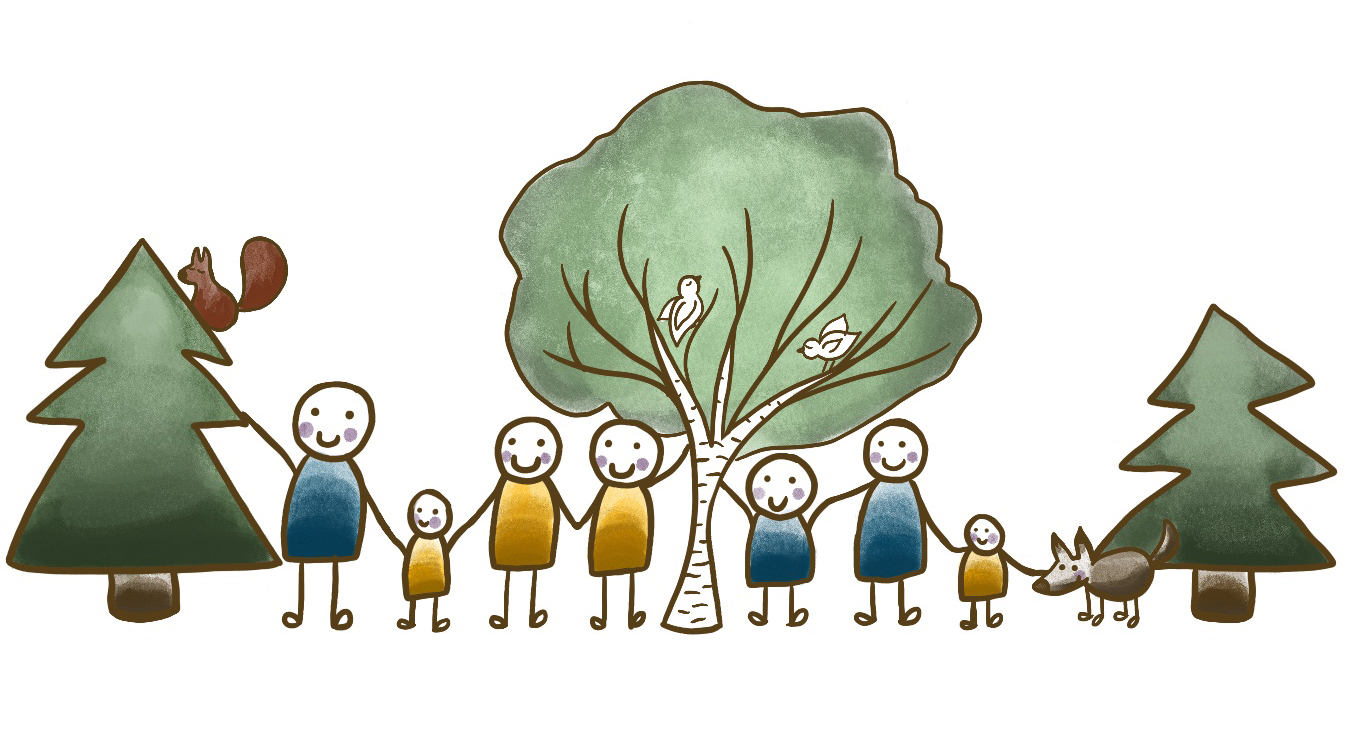Guest post by Mirja Nylander
Already a thousand years ago bilberry was used in medical purposes in Europe. So we have long roots for our holistic wild bilberry winterday!
In Finland we have traditionally used dried bilberries to cure diarrhea. Fresh bilberries (or frozen), in turn, are used if your stomach is too hard. Bilberry juice is a good remedy for fever patients and mouth problems.
Scientists in Asia, Europe and North America are now confirming this traditional knowledge and have already found a lot more than that. Wuhuu! At Last! So what the scientists do know about bilberry?
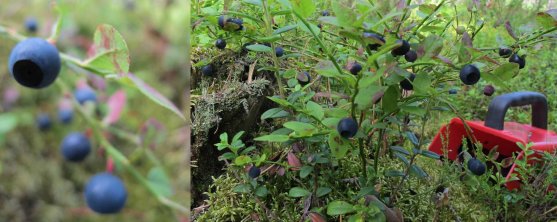
Various studies of bilberries state that bilberries contain more than 10 important minerals and more than 9 different vitamins. They contain high levels of A- and B-group vitamins, as well as manganese. They are good sources for vitamin C, magnesium, potassium and calcium. One example: vitamin A is important for our eyesight and improves, among other things, your ability of seeing in twilight. Great feature, when you walk through the woods on your mushroom hunting trip in an October evening.
Flavonoids (anthocyanins and flavonols) are antioxidants, which help to protect the body from damage by free molecules. And in 100 g of bilberries there are almost a thousand milligrams of flavonoids! By the way: the darker the berry the more flavonoids it contains. Therefore our choice for our holistic winterday is bilberry.
But what attracts me the most is the flavonol called quercetin. And as a matter of fact: researches are highly interested in quercetin too. The reason why it interests me is that I have allergy-prone body, atopic skin and I have undergone severe depression. So, the researchers have found so far that quercetin is a natural antihistamine, it prevents a variety of inflammation and allergy reactions, it prevents the growth of cancer, it relieves the symptoms of depression, it helps to slow down the infection and it also prevents the growth of many bacteria and viruses, and kills them. What a flavonol!
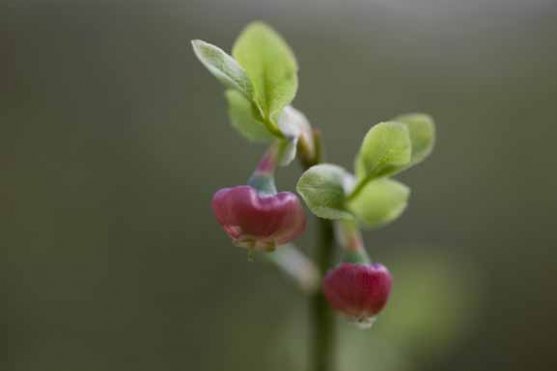
In addition to these effects of bilberries I have long been interested in how to balance my mind, body and soul to health and well-being frequencies. Over the years I have tried a range of various paths and here is one example: Eight crucial steps for a holistic wild bilberry winterday.
Step 1: Start the morning by making tree breathing in bed for 5-10 minutes. Then give thanks for a lovely day and wait enthusiastically what wonderful things are going to happen.
Step 2: Make yourself a large cup or two of bilberry coffee. Robert Paulig has a nice belly friendly bilberry coffee “Mustikka Watsa-Kahwi”. Of course, you can also mix to your favorite coffee dried bilberries and a small amount of bilberry leaves. Remember to sing your favorite song while making the bilberry coffee. Enjoy your coffee slowly. Eat blueberry pie (in this recipe blueberries are on top of the big pie. If you make small pies you can also put blueberries inside each pie like in photo below) with vanilla sauce made of organic milk. Yummy!
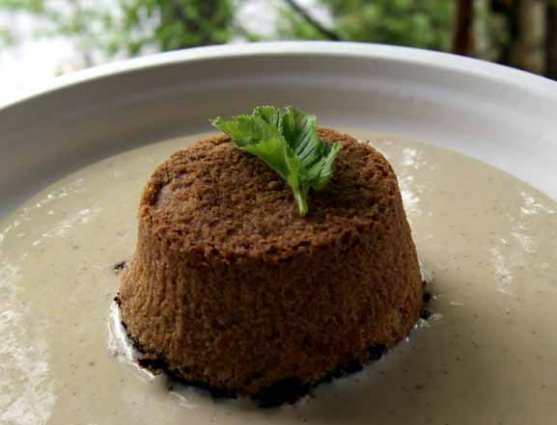
Step 3. After putting on your clothes, go out and visit the park or nearby forest. While walking breathe in to your heart the colors of the trees. Hold your breath, feel your heart expanding and then breathe out from your legs to the ground. Take the rhythm of four steps for your breathing. Continue this conscious breathing and walking for 20 min.
Step 4. Drink one or two cups of homemade bilberry soup. Here is one good recipe for that.
Step 5. Prepare the herbal foot bath. If you are already a journeyman-level Forest Loller, you have been collecting your bilberry, birch and raspberry leaves and willow bark previous spring. And you have taken care that the Moon was at an appropriate point while you were collecting the leaves. You have dried the leaves and bark with the sea salt and pocketed them. Or you have to buy these ingredients from health stores or market places…
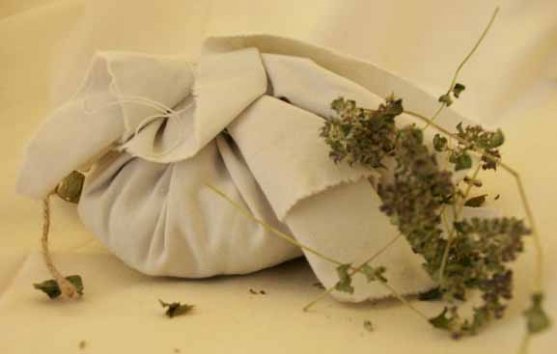
Now put the foot bath ingredients and sea salt in a washbasin. Pour in two litres of boiling water. Let it cool about five minutes. Oh by the way! For one herbal bath you need a half handful of bilberry leaves. Two handfuls of birch leaves. A handful of raspberry leaves. Half handfuls of willow bark. And 6 tablespoons of sea salt.
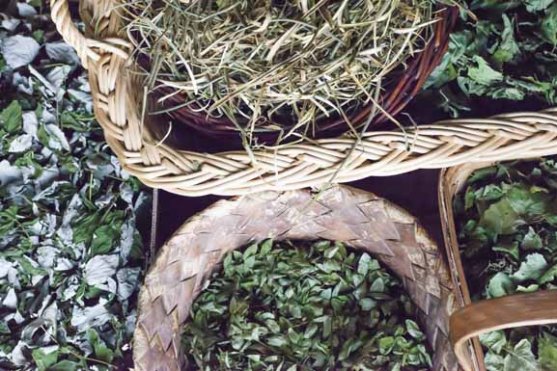
Step 6. Rub your hands together enthusiastically for a moment. Think at the same time – bath makes my feet sing and smile. Put your feet in the hot water. Take a deep breath and relax. If anything comes to your mind let it go slowly while breathing out. Enjoy for 10 – 15 minutes.
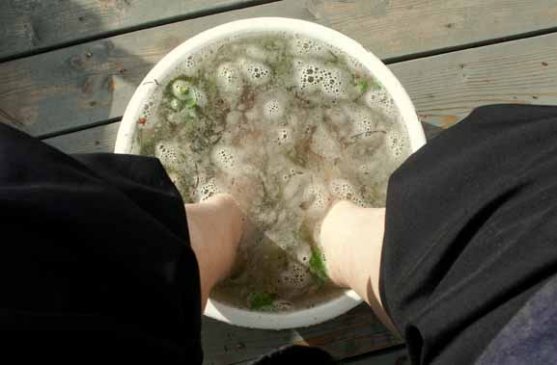
Step 7. Dry your feet. If you like, rub a bit of balm made of spruce resin on your feet. Pull on your woolen socks. Say thank you to yourself. Enjoy a couple of glasses of bilberry juice.
Step 8. Jump to bed and take a nap. And before falling asleep make a decision: I will have this kind of a day once a month.
No let’s just enjoy our Bilberry Day!
![]()
Mirja “ForestLoller” Nylander is a slow life entrepreneur who enthusiastically researches what the forests have to offer for our natural wellbeing. She is an easy to get along and encouraging green-care coach and mentor.
She is a wild nature expert working on her PhD about forests and wellbeing. She is currently producing services for those who want simple steps for long term empowerment and for those who want to lighten their emotional footprint.
She is a founder of Forest Lolling method that helps busy and stressed people to relax and find their inner peace in simple ways by using e.g. TreeBreathing and ColourBreathing (13 colours). These and 13 other skills she teaches and guides in her books, webinars, lollinars, courses and other events.
More information: Mirja`s “Metsäkellijän kellauksia” blog, Metsäkellijät / Forest Lollers Facebook pages, “Light green” YouTube video and “Forest Lolling” YouTube video. (Links only in Finnish)
![]()
Note! Bilberry (Vaccinium myrtillus) is a species that grows in Scandinavia. Blueberry on the other hand is a Northern American species. Nutrients containing these species differ a little.
Despite this I will use the name “blueberry” in my future posts. The reason for this is that “blueberry” is far more common name and widely used when refering to this delicious berry.





